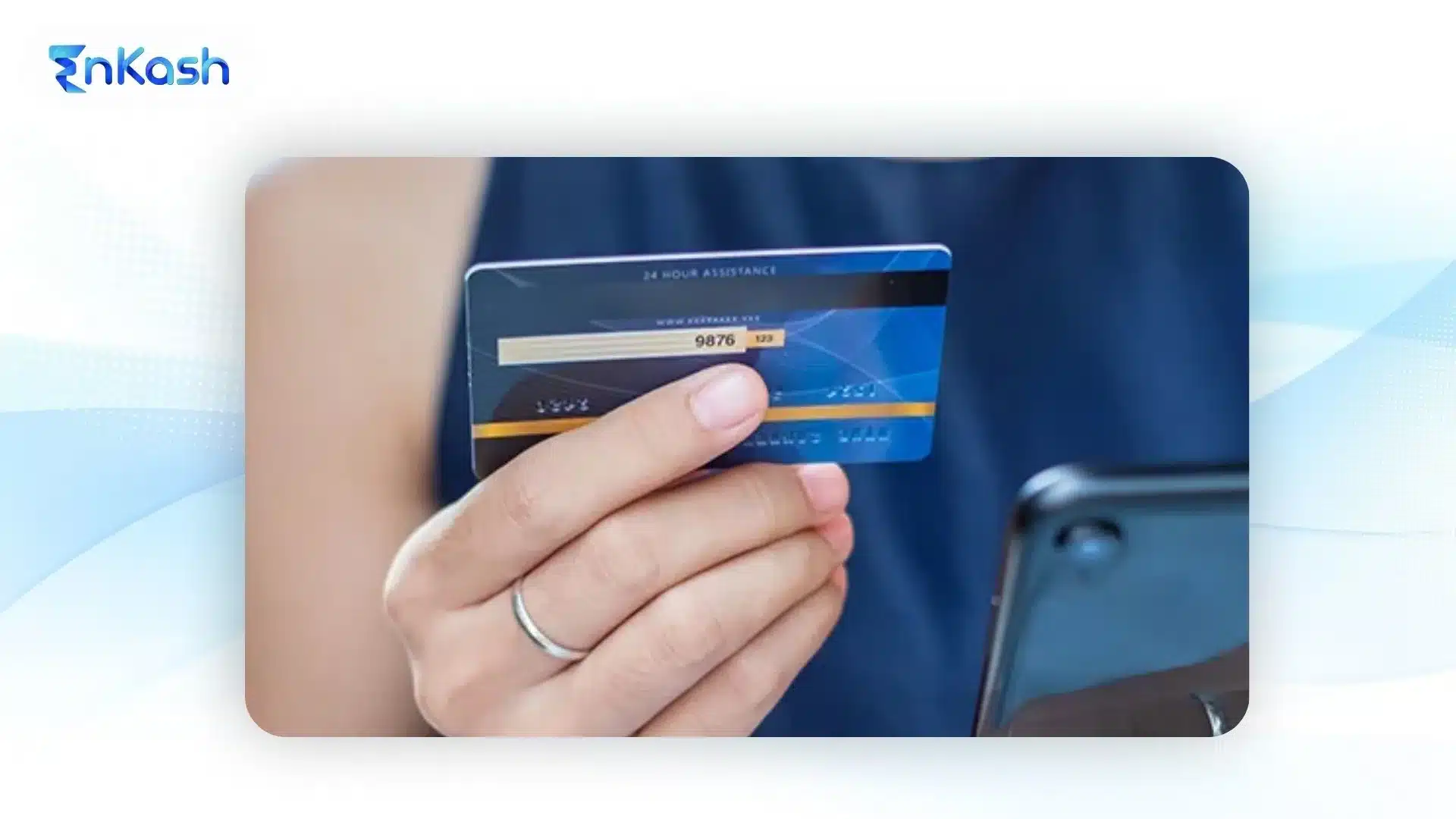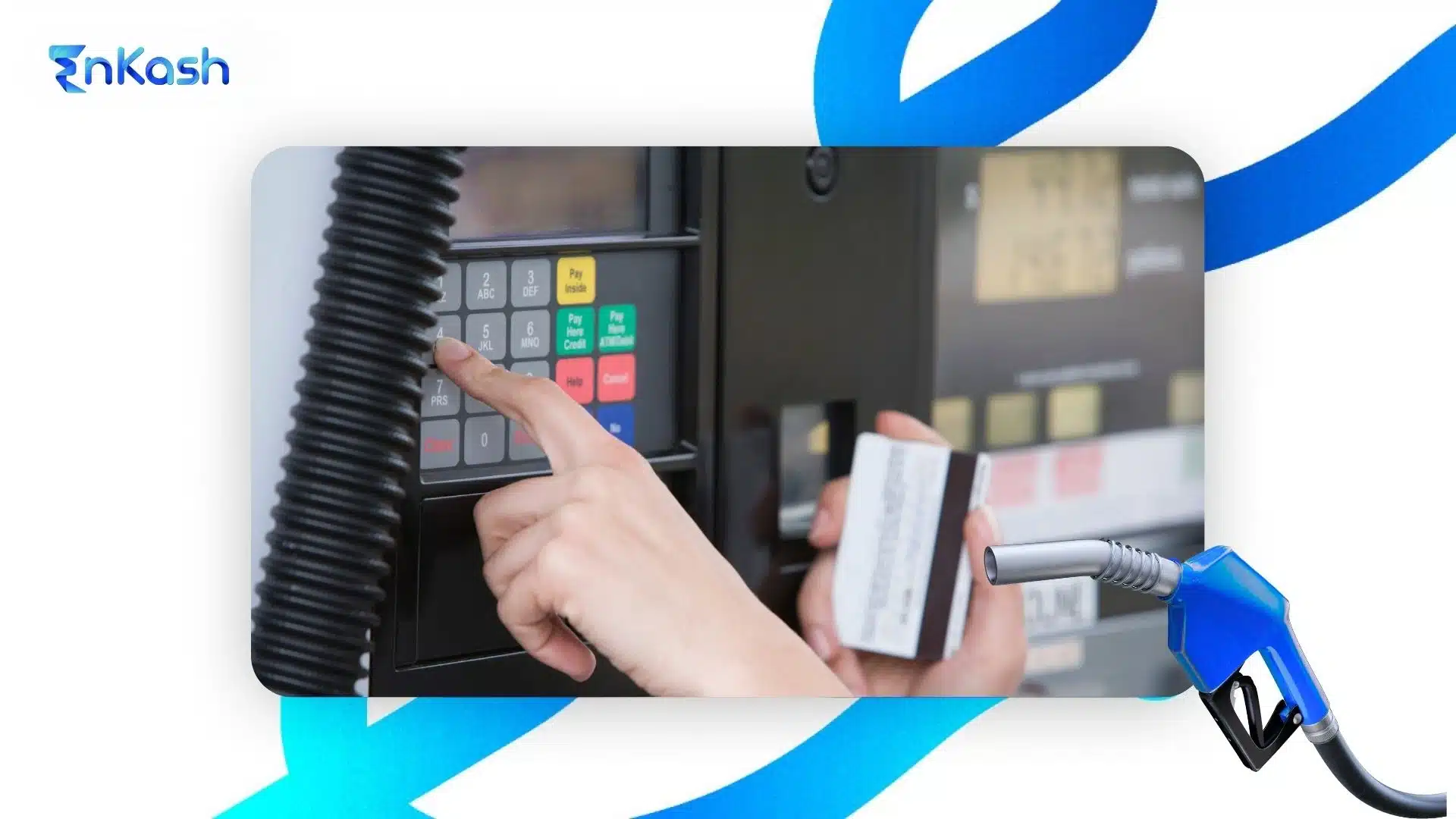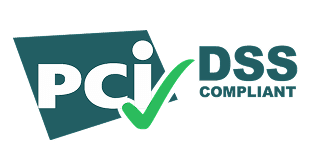Why Corporate Spending Needs a Smarter Solution
Managing company expenses through traditional payment methods can be slow and hard to control. Purchase orders take time to approve, paperwork stacks up, and small costs can easily slip through without proper tracking. For many businesses, this leads to inefficiencies that affect budgets and productivity. To speed up and improve transparency, many finance teams are turning to smarter payment tools. Among the most effective options available today is the P-card. A P-card is a type of purchase card that allows employees to make approved business purchases without going through lengthy approval steps for each transaction.
Unlike traditional payment methods, a corporate P-card offers more control and visibility. Spending can be tracked in real time, which means finance teams know exactly where funds are going. Limits can be set on who uses the card, what it can be used for, and how much can be spent. This makes it far easier to manage budgets and reduce unnecessary costs.
Adopting a smarter payment solution, such as the P-card, helps organisations move away from outdated expense processes. It creates a streamlined system where authorised purchases are quick, controlled, and easy to monitor. This blog will take a deeper look at what P-cards are, how they work, and the benefits they bring to modern business operations.
What Is a P‑Card and What Does It Mean for Businesses
A P-card is a payment tool that allows approved employees to make business-related purchases directly, without having to go through the full purchase order process each time. This helps speed up transactions and reduces the need for repetitive paperwork.
When someone asks what a P-card is, the answer is simple: it is a secure, pre-approved way for companies to manage spending. The term P-card means a card issued under a company’s control, used for legitimate business expenses. It works within set rules so spending stays in line with company policy.
A purchase card is different from a personal credit card. It is tied to a business account and has restrictions that prevent it from being used for non-business purposes. Spending limits, approved supplier lists, and transaction monitoring are part of the system. This allows finance teams to keep tight control while giving employees the flexibility to buy what they need.
Some businesses opt for prepaid cards, which offer similar controls as P-cards but are funded in advance instead of relying on a credit line. These cards are loaded with a set amount of funds, making it easier to stay within budget. Others use virtual prepaid cards or virtual purchase cards for online transactions. These digital versions offer the same controls but remove the risk of a physical card being lost or stolen.
The charge card is another payment tool used by companies, but it works differently. Unlike charge cards that must be paid in full each month, most P-cards work on a billing cycle where the company settles the balance periodically. Prepaid cards, which are funded in advance, are a separate option for more controlled spending. This makes purchase cards more flexible for regular business expenses.
P-card gives companies an efficient and controlled way to handle daily spending. It removes unnecessary delays, improves tracking, and provides options for both physical and virtual use, depending on what suits the business best.
Read more: How Does Expense Management Software Help Your Business?
How a Prepaid Purchase Card Works
A prepaid purchase card works as a controlled payment tool that allows approved employees to buy goods or services for business purposes. The card is loaded with funds in advance or linked to a set budget. The finance team gets clear visibility into spending through real-time transaction records. This makes it much easier to manage company expenses and keep purchases within approved limits.
When a company issues a P-card, the process starts with setting clear rules. These rules define who can use the card, where it can be used, and how much can be spent. The cardholder can then make purchases within these limits, without going through a lengthy approval process each time. Transactions are tracked in real time, so any unusual spending can be flagged immediately.
To make the most of this tool, companies choose from different types of purchase card options based on their needs:
- Standard Prepaid Purchase Card
Loaded with a set amount of funds. It is ideal for departments or projects with fixed budgets. - Reloadable Purchase Card
Funds can be topped up as needed. This works well for ongoing projects or continuous supply needs. - Virtual Purchase Card
A digital card number used for online transactions. It helps reduce the risk of theft or loss. - Virtual Prepaid Card
Similar to the virtual option but preloaded with funds. Often used for one-off payments or specific suppliers. - AP-cards
Linked to accounts payable systems. Virtual cards integrated with Accounts Payable systems, sometimes referred to as AP automation cards, can be used for secure, trackable supplier payments. These often replace traditional bank transfers or cheques.
Each card type can be tailored to specific spending needs. For example, a virtual purchase card can be issued for secure online orders, while an AP-card can handle regular supplier payments.
By choosing the right type and applying proper controls, businesses can ensure the prepaid purchase card becomes a reliable, efficient, and secure way to manage spending. It gives teams the flexibility to make purchases while maintaining full control over budgets and compliance.
Benefits of P‑Cards for Corporate Spending
Using a P-card can transform how a company handles everyday expenses. It is more than a payment tool; it is a way to simplify processes, strengthen control, and improve the flow of information between teams. The structure of a corporate P-card program helps finance teams save time, reduce costs, and keep budgets on track.
Here are the main benefits:
- Faster Procurement
With a purchase card, authorised employees can make necessary purchases right away. This removes delays caused by lengthy approval processes and purchase order wait times. - Lower Processing Costs
According to industry benchmarks, processing a traditional purchase order can cost up to 3–5 times more than a purchase card transaction, due to manual effort and paperwork. By switching to a prepaid purchase card, companies cut down on paperwork, administrative hours, and processing fees. - Better Visibility and Tracking
Most P-card transactions are recorded in near real time, enabling finance teams to closely monitor and manage spending. Finance teams can see where and how funds are being used, making it easier to manage budgets and spot unusual spending. - Tighter Spending Controls
A corporate P-card allows the company to set transaction limits, restrict use to approved suppliers, and block certain categories of spending. This keeps expenses aligned with company policy. - Fraud Prevention
The use of a virtual prepaid card or virtual purchase card for online payments helps prevent theft and misuse. Since these can be single‑use or limited‑use, the risk of fraudulent transactions is reduced. - Improved Cash Flow
Many purchase cards offer a set billing cycle, which can extend the time before funds leave the business account. This creates breathing space in cash flow management. - Simplified Supplier Payments
AP-cards can handle direct payments to suppliers, replacing the need for bank transfers or cheques. This is faster, easier to track, and integrates well with accounting systems. - Supports Remote and Online Spending
With more teams working from different locations, having a secure virtual prepaid card option means purchases can be made without needing a physical card in hand.
When implemented well, a P-card program becomes a strategic tool for business spending. It saves time, reduces unnecessary costs, and allows for greater financial control. The ability to track every transaction, set rules, and use both physical and virtual cards means companies can operate with greater efficiency and confidence in their financial processes.
Read more: Prepaid Cards – A Guide to Growth
P‑Cards vs. Other Corporate Payment Solutions
A P-card is one of several tools available for managing corporate spending. To understand its value, it helps to compare it with other common payment methods used by businesses.
P‑Cards vs Corporate Credit Cards
A purchase card is issued for approved business use and is linked to strict spending controls. A corporate credit card generally allows more freedom in transactions, but that freedom can lead to less oversight. With a P-card, the company can set merchant restrictions, spending limits, and real‑time monitoring. Corporate credit cards often offer more freedom, but without the same level of upfront control as P-cards. However, some modern platforms now provide real-time tracking and spend controls for credit cards as well.
P‑Cards vs Charge Cards
A charge card must be paid in full every month. It works as a short‑term payment method but does not always have the same built‑in controls as a corporate P-card. A P-card can be prepaid or linked to a defined billing cycle, offering more flexibility in cash flow management. Charge cards may be better suited for general business travel and high‑value, one‑off purchases, while purchase cards and prepaid cards fit routine and controlled spending.
P‑Cards vs Traditional Purchase Orders
A traditional purchase order process involves creating, approving, and tracking each request before payment is made. This can be slow and involves a lot of paperwork. A P-card skips many of these steps for approved categories of spending. This speeds up procurement while still keeping spending aligned with company policy.
Each option has its place, but a P-card offers a unique combination of speed, control, and transparency. For companies aiming to reduce manual work and improve expense oversight, the corporate P-card is a practical choice that blends payment flexibility with strong governance.
Use Cases — Where P‑Cards Deliver the Most Value
A P-card is versatile and can be applied in many areas of business spending. The key advantage is that it streamlines purchases without losing control over budgets. Different teams can use a corporate P-card in ways that match their work needs.
Here are the most common and effective use cases:
Office Supplies and Everyday Purchases
Staff can use a purchase card for low‑value, high‑frequency items such as stationery, printer cartridges, or minor equipment. This avoids creating a purchase order for each small expense.
Travel and Accommodation
A corporate P-card can cover flights, hotel stays, and transport. Spending limits can be set for each trip, ensuring travel costs remain within budget.
Event and Project Expenses
Teams running events or short‑term projects can use prepaid purchase cards for vendor payments, hire equipment, or book venues. Preloading funds makes it easier to manage costs.
Online Purchases and Digital Services
Using a virtual purchase card or virtual prepaid card for online transactions keeps the company’s banking details secure. This works well for software subscriptions, advertising platforms, or other digital services.
Supplier Payments
AP-cards allow direct payments to vendors. This method is quicker than issuing cheques and easier to track than bank transfers.
Remote and Field Operations
Staff working away from the main office can use a P-card for fuel, repairs, or urgent supplies. Transactions can be monitored instantly, even from another location.
By matching the P-card type to the specific spending need, businesses can reduce delays, improve control, and make transactions more secure. The result is faster operations and cleaner financial records.
Managing and Controlling P‑Card Usage
A P-card delivers the best results when supported by strong policies and proper oversight. Clear rules keep spending controlled and prevent misuse.
Key steps for effective management:
- Define usage policies – Specify who can use the purchase card, for what expenses, and spending limits.
- Set transaction controls – Limit amounts, approve suppliers, and block unapproved categories.
- Monitor activity – Use real‑time reporting to track spending and detect unusual transactions.
- Secure online spending – Use a virtual purchase card or virtual prepaid card for digital payments.
- Require receipts – Verify every purchase for accuracy and compliance.
- Use AP-cards – Streamline supplier payments with automated tracking.
- Train cardholders – Ensure they understand the rules, allowed uses, and consequences of misuse.
By applying these measures, companies keep corporate P-card programs efficient, secure, and fully aligned with financial goals.
How to Implement a P‑Card Program Successfully
Launching a P-card program requires careful planning to ensure it delivers real benefits. Start by assessing your company’s spending habits to identify where a purchase card can replace slower payment methods.
Steps for successful implementation:
- Set clear objectives – Define what you want to achieve, such as faster procurement or reduced paperwork.
- Create usage policies – Outline who can use the corporate P-card, approved expenses, and spending limits.
- Choose the right card type – Select from purchase cards, prepaid, reloadable, or virtual purchase card options based on your company’s specific requirements.
- Integrate with systems – Link the program to expense tracking and accounts payable.
- Train staff – Teach proper usage, security, and reporting.
- Review regularly – Monitor spending patterns and adjust rules when needed.
By following these steps, a prepaid purchase card program can run smoothly, with strong control and lasting benefits.
Conclusion
A P-card is more than a convenient payment method. It is a practical way to streamline spending, improve control, and reduce the time and cost tied to traditional purchasing. By using a purchase card program, companies can give teams the flexibility to make necessary purchases while keeping every transaction within clear rules.
The flexibility of corporate P-card options, including virtual purchase card, virtual prepaid card, and AP-cards, means businesses can match the tool to their exact needs. Strong policies, real‑time monitoring, and proper training ensure the program stays secure and delivers consistent value.
When implemented well, a prepaid purchase card simplifies procurement, strengthens budget control, and creates clearer financial records. For companies aiming to make their spending faster, safer, and more efficient, a well‑managed P-card program is an investment that delivers results now and in the long term.
FAQs
1. What is a P-card limit and how is it decided?
A P-card limit is the maximum amount that can be spent using the card. Companies set it based on job roles, department budgets, and spending needs. Limits help control costs and prevent unauthorised purchases while keeping spending aligned with company policy.
2. Can a prepaid purchase card be used internationally?
Yes. Many prepaid purchase cards can be used globally if enabled for international transactions. Businesses can limit usage to specific countries for added security. Currency conversion fees may apply, so policies should address when and how to use cards abroad.
3. How are P-card transactions recorded in accounting?
Each P-card transaction is logged in real time and categorised in expense management systems. Finance teams reconcile these with receipts. This ensures accurate accounting, supports audits, and keeps financial records clear without needing manual entry for every purchase.
4. Are P-cards safer than traditional credit cards?
Yes. A purchase card can have limits, merchant restrictions, and real‑time monitoring. Many also offer virtual purchase card options for online use, which reduces the risk of theft or fraud. Credit cards often lack such targeted controls.
5. How can a P-card help during emergencies?
In urgent situations, a corporate P-card allows quick purchases without waiting for purchase orders or approvals. This is valuable for field repairs, urgent supplies, or last‑minute travel, keeping operations running while maintaining spending oversight.
6. What happens if a P-card is lost or stolen?
If a P-card is lost or stolen, it should be reported immediately to the issuing bank or provider. The card can be frozen or cancelled instantly. Virtual prepaid card use reduces physical theft risks entirely.
7. Can employees have more than one P-card?
Yes, but this depends on company policy. An employee may be issued both a corporate P-card for travel and a virtual card for online purchases. This separation improves security and makes expense tracking easier.
8. Are there fees for using a prepaid purchase card?
Some purchase cards may have setup, transaction, or foreign exchange fees. These fees vary depending on the provider. Businesses should review all costs before choosing a program to ensure the benefits outweigh the expenses.
9. How are disputes handled for P-card transactions?
If a P-card transaction is incorrect or fraudulent, the employee should report it immediately. The finance team then works with the card provider to investigate and resolve it. Prompt action ensures minimal disruption.
10. Can P-cards be linked to supplier discounts?
Yes. Businesses can negotiate with vendors to offer discounts when paid via AP-cards or purchase cards. This reduces costs while keeping transactions secure and easy to track.








